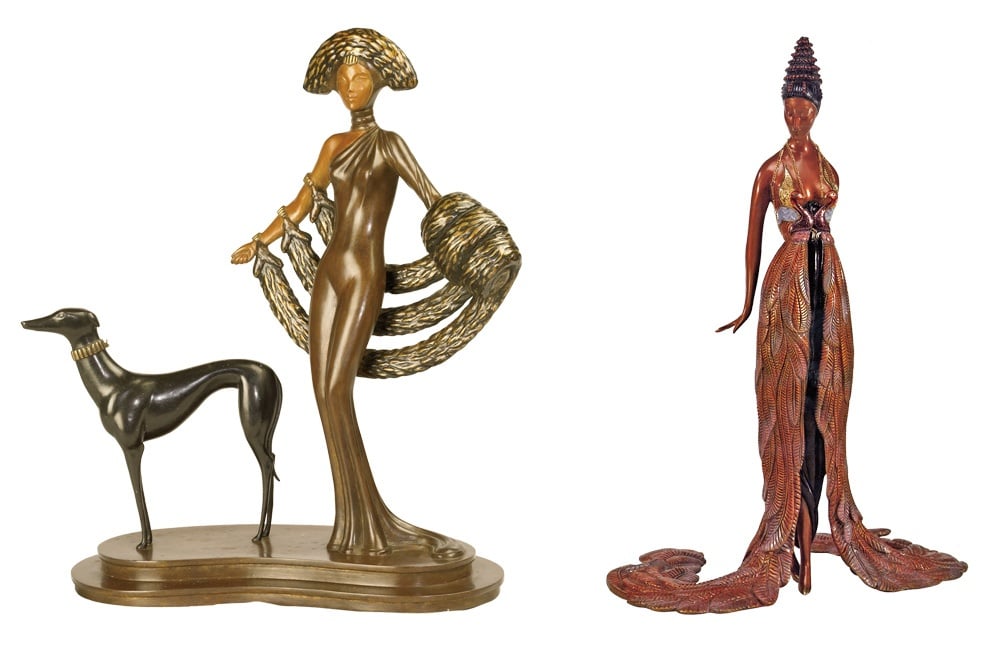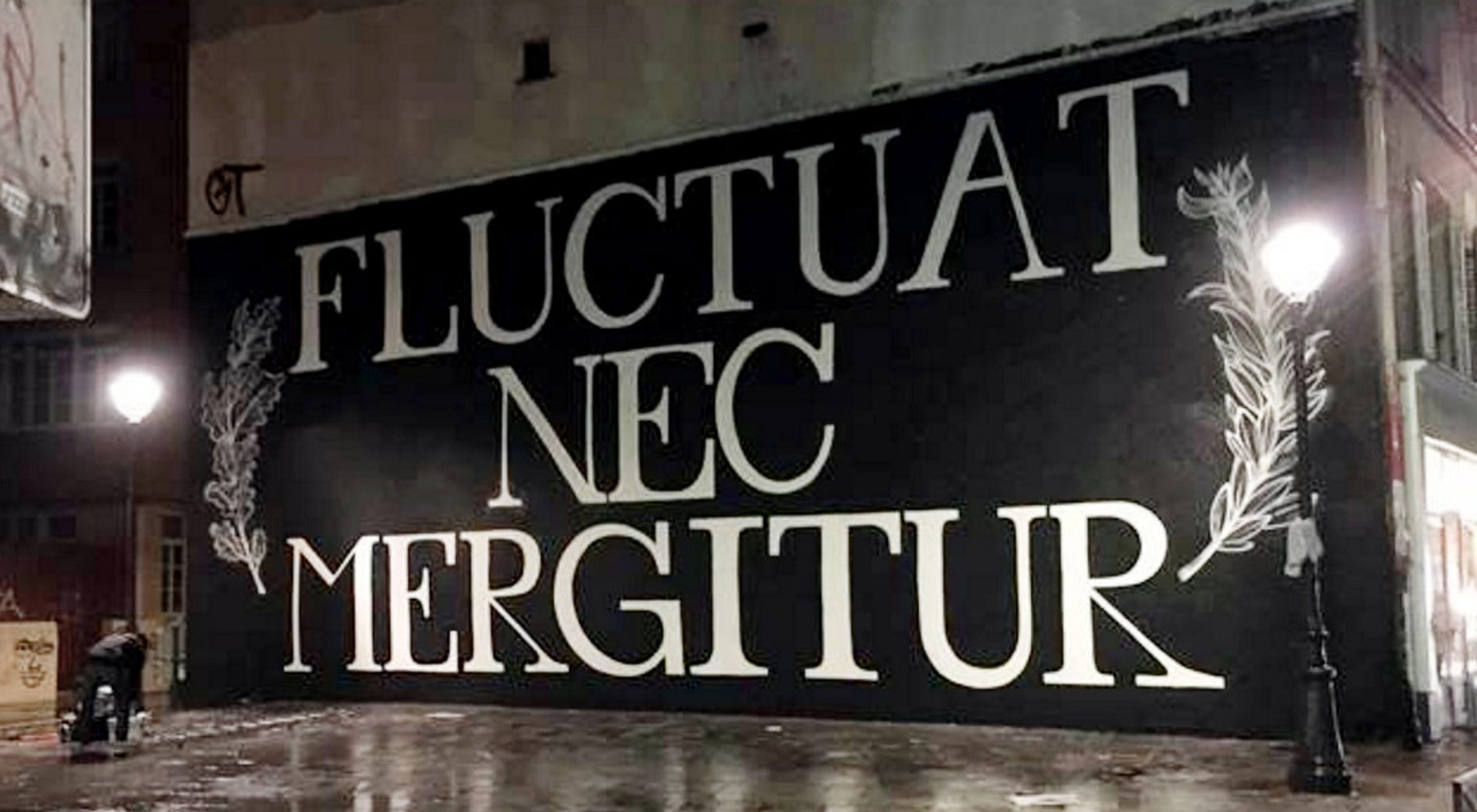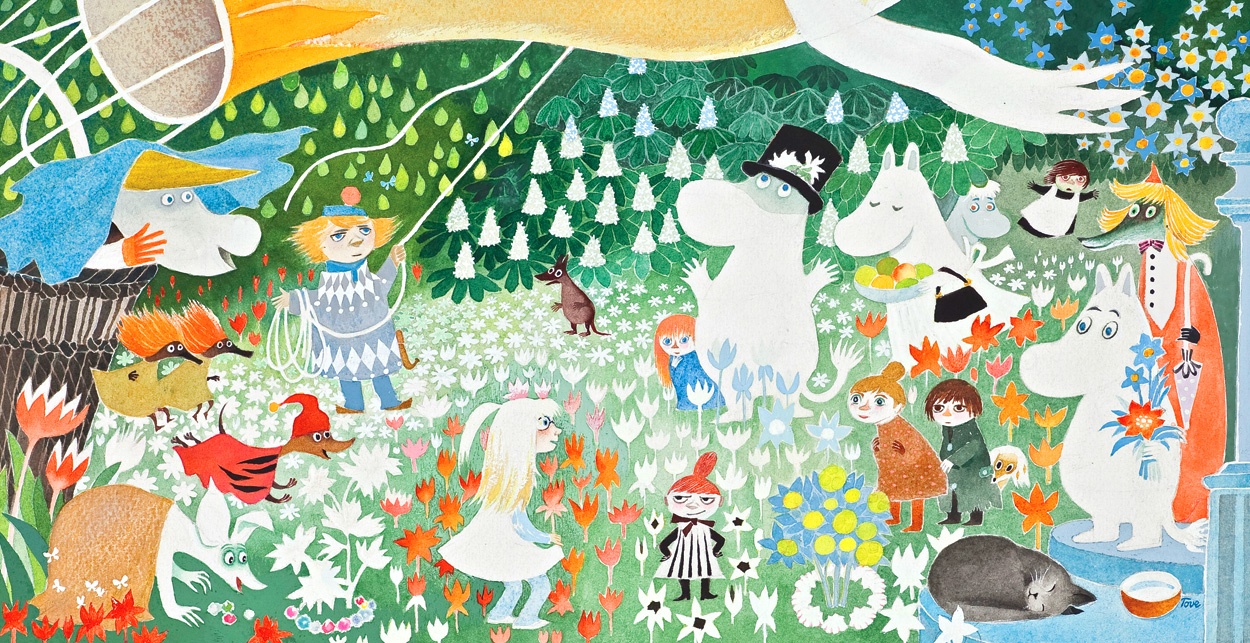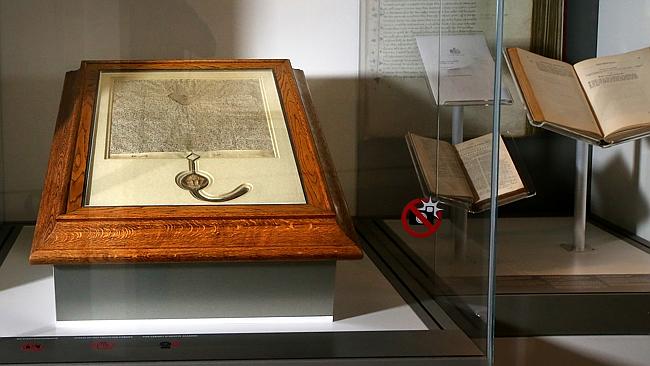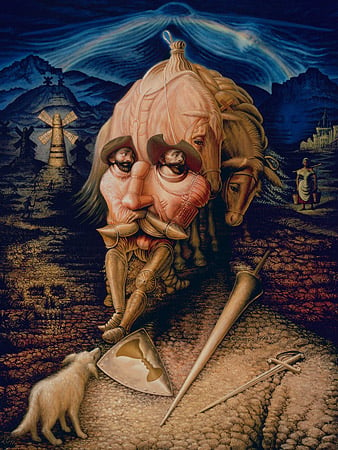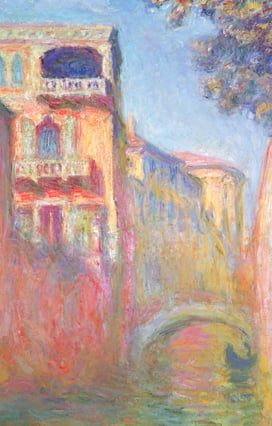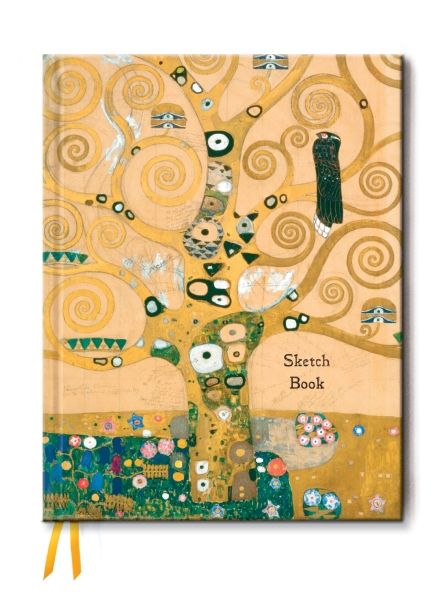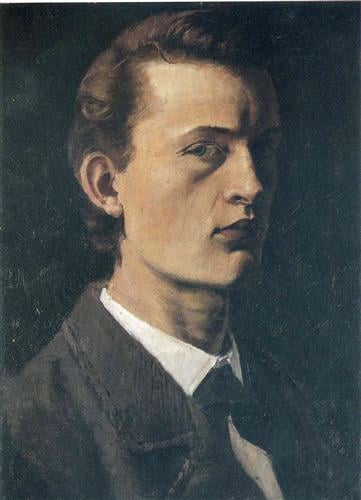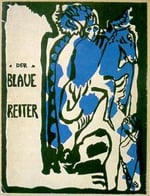The elegant figures and geometrical, bold designs of Romain de Tirtoff (1892–1990) – better known by the French pronunciation of his initials, Erté – are instantly recognisable and have left a lasting legacy in the art and fashion industries. Much of Erté's success stems from the sheer range of materials his works encompass, with his sinuous shapes and vibrant designs gracing not only magazine covers and book illustrations, but also jewellery, furniture, textiles, stage sets and costumes. Hailed as 'the father of Art Deco', the designer produced more than twenty thousand designs during his long life, and as a keen experimenter, he was growing in fame and continuing to sample new mediums for his art well into his nineties. Today we'll be taking a tour of the myriad forms his iconic, sleek designs took and how his eagerness to learn new techniques kept him and his work at the forefront of the design world.
Visual & Decorative Arts Blog
Gillian Whitaker
Recent Posts
Street art – or grafitti – has got to be the quintessential art for the masses. It is free to view as part of our environment, is often created by self-taught artists and is a global, democratic phenomenon. These artists want to paint about issues important to all of us, about real life, about visceral, emotional views and feelings that strike at the heart of what it is to be part of society. It is ephemeral art that is in continual development and flux, reflecting the changing nature of life and society and thus has long been a source of politically motivated messages, representing criticism, resistance and anger – it can be a powerful tool in such cases.
Topics: street art
The much-loved world of Moominvalley and its rich set of characters have captured the imagination and hearts of generations of children and adults alike. Our previous blogposts have covered the development of the comic strip by the endlessly creative Tove Jannson, and also celebrated the release and initial reviews of the feature film Moomins on the Riviera. In this post we’re going to explore a little of what makes Jansson’s quirky illustrated characters so universally charming, and see how these unique drawings are still able to communicate with their audience today.
Topics: Moomins, Tove Jansson, Art Calendars
This year celebrates the 800th anniversary of the sealing of the Magna Carta. As an emblem of freedom and people’s rights, it is an object steeped in significance, with a relevance well beyond its time and place. Describing the document’s birth as a ‘practical solution to a political crisis’, the British Library’s recent exhibition celebrated the historical repercussions since the 13th century document was first sealed.
Topics: Museums & Galleries, Art Calendars
London: this great city is forever pulsing with activity, a veritable haven of culture and innovation. For art-lovers, there’s a great selection of museums, galleries and exhibitions covering all sorts of tastes, from fashion and design to war memorabilia. There’s always something going on, which can be both very exciting and extremely overwhelming, so below we’ve gathered a pick of our favourite current and upcoming events. Our fantastic range of 2016 calendars is also now available, with a number of our licensed calendars produced in partnership with the cultural hotspots of the capital, including the V&A, the Tate, the RA, the Royal Opera House and many others.
Topics: Royal Academy of Arts, Museums & Galleries, Art Calendars
The Mexican painter Octavio Ocampo produces compelling, masterfully composed images that are testament to the idea that a picture’s meaning is constituted at least in part by the observer. Ocampo, who pursued a film and theatre career for some time alongside his art studies, uses the term ‘metamorphic’ to describe his art, which is also often described as surrealist. His evocative optical experiments are impressive, fascinating and somewhat disorientating. As he says: ‘Nothing is quite as it seems’. You look closer at his paintings and suddenly notice the plural realities within them, adding a sort of double-vision to the experience. Today we’ll explore some of Ocampo’s art, touching on the concerns that his paintings share with the works of the surrealist painter Salvador Dalí, the philosopher Ludvig Wittgenstein and the latin poet Ovid.
Topics: Octavio Ocampo
As the leading figure of Impressionism, Claude Monet is renowned for his portrayals of light and water and his skills as an artist have secured the enduring popularity of his paintings. His collection of masterpieces continues to draw great interest, and this is especially true within the collector’s market, where his paintings are sold for jaw-dropping monetary sums. Last year one of his Waterlilies paintings sold for over £31 million, and earlier this month his painting of Le Grand Canal went for over £23 million at Sotheby’s Impressionist and Modern Art Sale, becoming the highest seller of the night. There were five paintings by Monet in the evening auction, with their sales totaling a massive £55.74 million – certainly not a sum to be sniffed at.
Topics: Claude Monet, Masterpieces of Art
Our new series of blank sketchbooks is set to showcase the works of art of a number of great artists, including the much-celebrated Gustav Klimt and his Tree of Life. A beautiful yet beguiling image, we thought we’d explore this work of art in more detail today, tracing its history and possible meanings as well as investigating its position in The Stoclet Frieze. Klimt is one of our favourite artists, and if you’re a fan too then a few of our previous blogposts may be of interest – we’ve written about Klimt and the Art Nouveau, and specific works like the Kiss and The Woman in Gold. The latter blog looked at the lavish gold coating Klimt employed as a technique, and the influence of his father (as a silver and gold engraver) in Klimt’s use of methods and materials. The Stoclet Frieze (1909), a group of Mosaics in the Stoclet Palace, was also designed and painted during Klimt’s ‘Golden Era’, and was actually the only landscape he created in this period.
Topics: Gustav Klimt, Art Nouveau
Last Wednesday saw the return of the popular ‘Museum Selfie’ day, a Twitter project initiated last year by the group of Museum professionals behind the website CultureThemes. The hashtag ran rife, with people posing in front of famous paintings, re-sharing the altered Vermeer image, and making museum exhibits look desperate to take a picture of themselves. The craze of the selfie in recent years – ‘selfie’ was named Oxford Dictionary’s 2013 Word of the Year – highlights what could be described as an addiction to self-portraiture, and the enthusiasm for the ‘museum selfie’ in particular indicates a fundamental need or desire to acknowledge that self: for the photographer to become a part of the photo and exist within its created art. With the upcoming release of Flame Tree’s ‘Edvard Munch: Masterpieces of Art’, we thought we’d have a look at how Munch’s tormented and emotionally vibrant paintings depict the self, and how his emotions and experiences flavour as well as constitute the subject matter of his work
Topics: Edvard Munch, Masterpieces of Art
As explored in our previous Kandinsky blogpost, this is an artist who had a strong awareness of colour from an early age. This is brought out with great intensity in his later, more abstract paintings: the works that we now recognise most clearly as ‘Kandinsky’s’. Paintings like ‘Yellow, Red, Blue’ (1925) demonstrate the play of colour that Kandinsky used as a way of echoing, and influencing, emotions.
Topics: Wassily Kandinsky, Masterpieces of Art, abstract art

